
views
Cleaning and Painting the Furniture
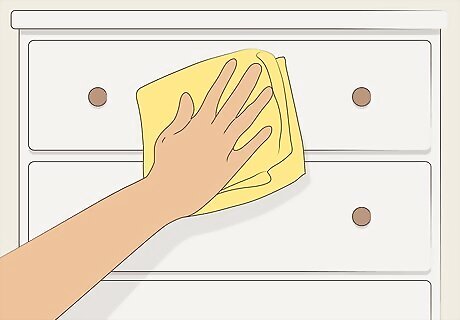
Clean the furniture with soap and water to remove surface dirt. Start by wiping the furniture down with a cloth that has been dampened with soap and water. Rub the furniture lightly with the cloth so there is no dirt or dust on the surface. Soapy water may not be safe for all wooden finishes. Test an inconspicuous corner of the furniture with your soapy mixture to make sure it doesn’t change the color of the furniture. If your furniture is old or delicate, just wipe it down with plain water.
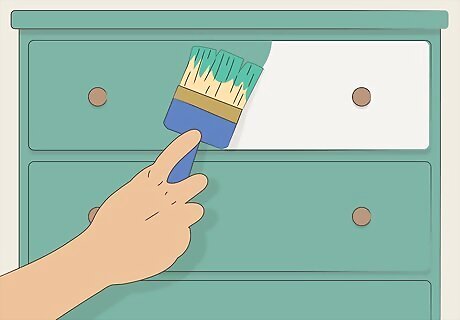
Paint the furniture to give it new life. If you’re doing a total update on an old piece of furniture, you might want to give it a new color. Since gold leaf works best for accents, paint your piece of furniture before you get started. Pick your color, sand down your furniture, and then give it a couple of coats of paint for a quick refresh. Painting your furniture is totally optional, but it can help bring new life back to an old or stained piece of furniture. Chalk paint is typically the best choice for furniture, because it’s much more forgiving and will seep into cracks and crevices. Try picking a darker color to make your gold leaf pop. Teal, charcoal gray, and black are all great colors to choose from.
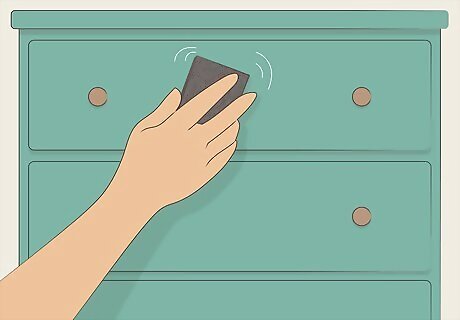
Sand the furniture with 220-grit sandpaper. Gold leaf will stick to your furniture better if it’s not a completely flat surface. Grab a sandpaper sponge and lightly sand over the areas that you’d like to add gold leaf (you don’t need to sand the entire piece of furniture). Do 5 to 10 passes over the area to scuff up the furniture without removing a ton of paint or stain. Even if you’ve just painted your furniture, sanding it down lightly will help the gold leaf adhere better and stay on longer. Use a tack cloth to remove any debris or sanded bits that appear on the furniture once you are done sanding it.
Applying the Gold Leaf
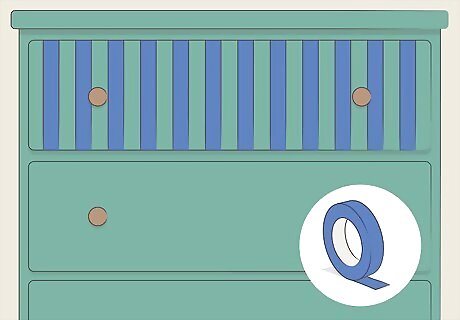
Use painter’s tape to create a design for stripes or shapes. Using painter’s tape isn’t strictly necessary, but it’s a great way to visualize your design before you get started. Try adding vertical or horizontal lines for a sleek, simple design. Or, go for circles and squares for a geometric, artsy flair. Painter’s tape is gentle, so it won’t peel up any paint or finish on your furniture (as long as everything is completely dry).
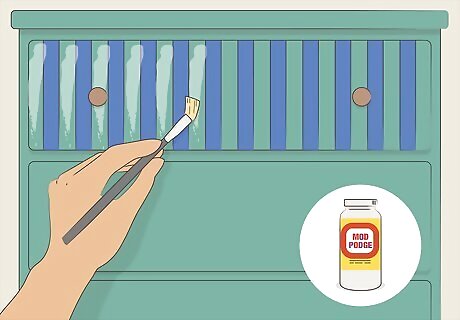
Apply Mod Podge or Size wherever you want the gold leaf. Mod Podge and Size (also called gilding adhesive) are both water-based adhesives that you can paint on with a paint brush. Simply dip a small paint brush into your adhesive, then dab it onto your furniture. Keep your design in mind: most people use gold leaf to add accents, but you can put yours wherever you’d like! You can also use spray adhesive, although it’s a little bit harder to control, making for a less precise design.
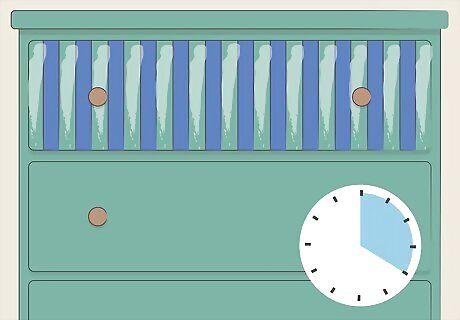
Let the adhesive dry for about 20 minutes. Give the adhesive time to get a little tacky so your gold leaf sticks better. If your adhesive dries out too much, simply add a bit more with your paint brush. You can tell your adhesive has dried too much if your gold leaf doesn’t stick to it.
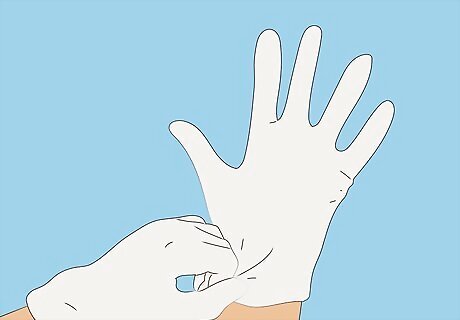
Wear cotton gloves or put baby powder on your fingers. Gold leaf sheets are very delicate and prone to ripping. Wearing cotton gloves will ensure you handle the sheets carefully and do not get the oil from your hands onto the gold leaf, which can damage it. If you don’t have cotton gloves, simply sprinkle a small amount of baby powder onto your fingers. The powder will absorb the oil on your fingertips, making it less likely to transfer onto the gold leaf.
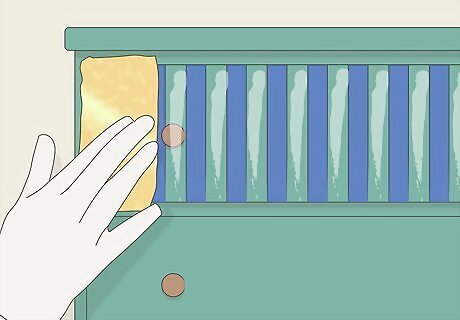
Press 1 sheet of gold leaf onto the adhesive. Carefully pick up a single sheet of gold leaf and place it onto the area that you put your glue. Rub the top of the sheet very gently so it sticks. Your gold leaf will start to rip and tear right away, and that’s okay! It’s designed to pull away at the edges for a not-perfect seam.
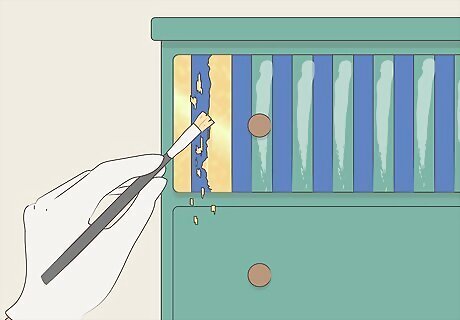
Brush away excess gold leaf with a paint brush. Grab a clean paint brush and start brushing the gold leaf. Small bits and pieces will fall off, which is a good thing. You may want to lay a sheet down under the furniture to make catching excess gold leaf easier as you brush it off. If you are covering an area completely with gold leaf, skip this step and instead keep patting down the gold leaf sheet so it sticks fully.
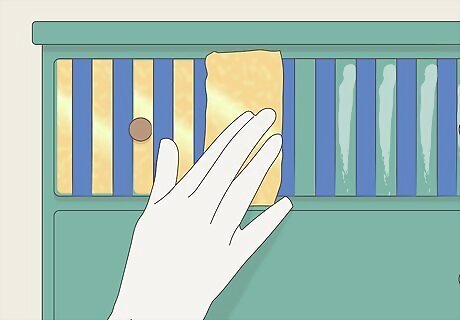
Continue applying gold leaf wherever you put adhesive. Keep patting them onto the adhesive, tearing of large chunks, and then brushing off any excess with a paint brush. Save any large pieces that you tear off and use them in other areas. If you’re working on a large area, your adhesive may dry before you get to it. If that’s the case, simply dab on more adhesive and wait for about 20 more minutes before continuing.
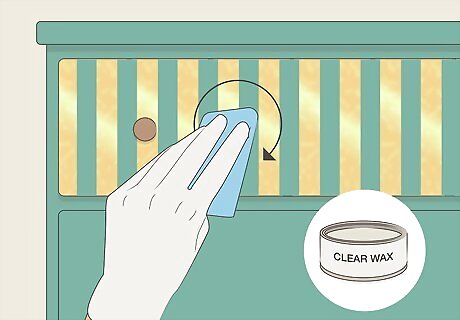
Finish the gold leaf with clear wax. Wax will help protect the gold leaf from falling off or tarnishing. Dip a clean cloth into a tub of clear wax, then gently wipe it onto the gold leaf in small, circular motions. While gold leaf is called gold leaf, it’s actually made out of brass. Brass can tarnish and change color over time, which is why it’s important to protect it from the elements.














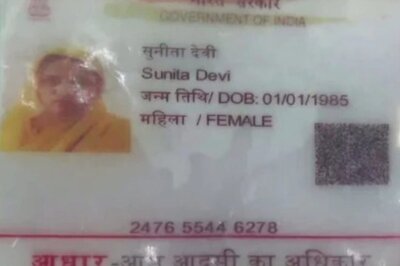



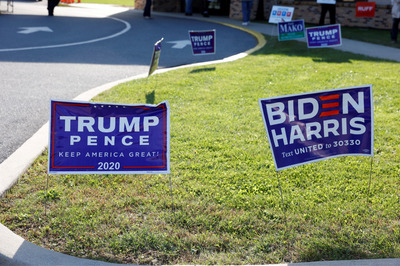

Comments
0 comment